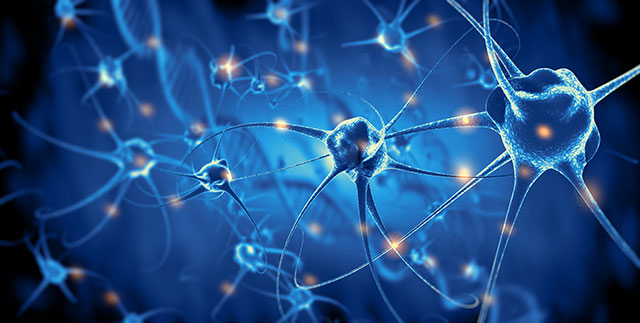
When attached to a cockroach's leg, the artificial nerves can trigger the twitch reflex. The nerves are also sensitive enough that they can identify the embossed letters of the Braille alphabet.
The researchers from Stanford University (Stanford) and the Seoul National University (SNU) claimed that their new artificial nervous system will help make artificial skin for prosthetic limbs and restore the sense of touch of amputees. In the future, the artificial nerves might grant reflexes to robots.
"We take skin for granted but it's a complex sensing, signaling and decision-making system," explained Zhenan Bao, a Stanford professor who served as the senior author of the study. "This artificial sensory nerve system is a step toward making skin-like sensory neural networks for all sorts of applications."
Bao was copying the ways skin can stretch, regenerate, and behave like a network of smart sensors. Skin sent pleasant sensations to the brain and triggered reflex reactions in muscles when encountering painful sensations. (Related: Researchers create memory prosthesis that can boost recall in humans by around 40 percent.)
Artificial sensory nerves mimic real reflexive reactions
Bao's paper showed how his team created a system of artificial sensory nerves. They combined a sensitive touch sensor that can recognize the slightest of pressures, a flexible electronic neuron, and an artificial synaptic transistor.
The first two components are the latest versions of devices built by Bao's Stanford laboratory. The third part was developed by his SNU collaborator, Tae-Woo Lee, who served as the second senior author of the study.
"Biological synapses can relay signals, and also store information to make simple decisions," remarked Lee. "The synaptic transistor performs these functions in the artificial nerve circuit."
Lee based the transistor on actual human synapses. According to him, improved versions of the artificial nerve circuits could be embedded into a skin-like covering for neuro-prosthetic devices and soft robotics. A synthetic skin with its own sensory system would give the sense of touch and reflex reactions to both prosthetic limbs and robots.
Lee brought up human knee reflex as an example. Whenever a tap to the knee causes the muscles to stretch, sensors in those tissues prompt a neuron to signal the synaptic network. Once the synapses verify the stretching action, it sends two signals of its own.
The first triggers a reflexive contraction in the muscles of the knee. The second, slower signal informs the brain about the sensation.
Artificial nerve can trigger reflex reactions and detect different pressures
The Stanford-SNU research group experimented with the reflex reaction and sense of touch of their new artificial nervous system. They attached the synthetic nerve to the leg of a cockroach and applied different amounts of pressure on the touch sensor.
The pressure signal from the sensor reached the electronic neuron, which turned the signal into its digital equivalent and sent the "translation" to the synaptic transistor. In turn, the transistor prompted the cockroach leg to twitch according to the amount of pressure on the sensor.
Further experiments demonstrated the ability of the artificial sensor nerve to detect different touch sensations. The nerve can differentiate between Braille letters. And when a cylinder rolls over it, the sensor can also identify the direction where the object is going.
The researchers are improving their artificial nervous system so that it can be embedded into synthetic skin covering for prosthetic parts and robots.
Visit Cyborg.news for more articles about developments about humanoid robotics.
Sources include:
Please contact us for more information.

















